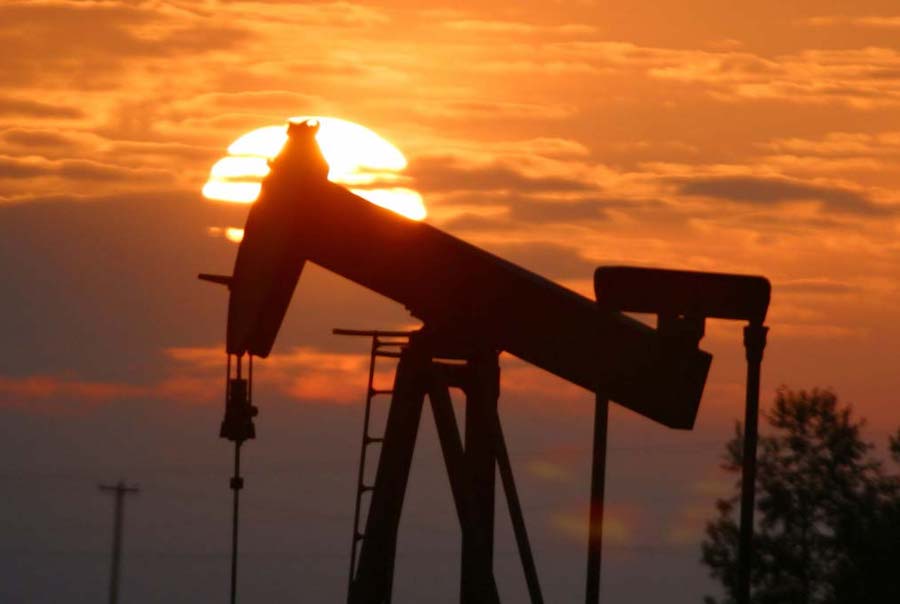Kazakhstan’s private company Meridian Petroleum has discovered a new oil and gas field in the country’s western region of Mangystau, the provincial government (akimat) said on Thursday.
According to a statement issued by the akimat, the field, which has been named after celebrated Soviet-era oilman Khalel Uzbekgaliyev, could be one of the largest discoveries of hydrocarbons in the nation’s post-independence history.
“This is a truly historic event for our country. According to the obtained data on pressure, flow rate, gas factor, and other parameters, Khalel Uzbekgaliyev is the largest field discovered in the Mangystau region since the country gained independence,” said Baltabek Kuandykov, who heads Meridian Petroleum.
The oil concentrated in the field is reportedly low in sulfurous content as compared with hydrocarbons produced in other parts of Kazakhstan, which makes it easier to process and transport fossil fuel.
Meanwhile, no details were given about oil reserves at the field. According to the statement, further investigations are needed to determine the potential size of reserves. Officials in Kazakhstan believe that the Khalel Uzbekgaliyev field would “give a powerful impetus to the social and economic development of the region and create new jobs.”
Kazakhstan’s Mangystau region is located in the southwest of the country, bordering the Caspian Sea, as well as neighboring Turkmenistan and Uzbekistan. Engineers discovered petroleum here back in the days of the Soviet Union and much of the area was built up around the industry.
Mangystau accounts for 25 percent of the oil produced in what is Central Asia’s largest and wealthiest country. Kazakhstan’s fourth and fifth-largest fields, Uzen and Zhetybay are located here. Both Uzen and Zhetybay were discovered in 1961 and contain about 530 million tons of crude oil in total.
As of today, Kazakhstan is ranked the world’s ninth-largest crude oil exporter and holds three percent of the world’s total oil reserves, placing it in the number 11 globally and making it the third-largest oil producer in the Caspian region, after Russia and Iran. Sixty-two percent of Kazakhstan’s landmass sits on areas containing oil and natural gas, and there are 172 oilfields throughout the country, of which more than 80 are under development.
More than 90 percent of Kazakhstan’s oil is concentrated in its 15 largest fields, which include Tengiz, Karachaganak, and Kashagan, the largest in the Central Asian country.
Located in the northern part of the Caspian Sea in the country’s Atyrau region, Kashagan was discovered in 2000, and today is considered to be one of the world’s largest discoveries of the past four decades. The giant field is believed to contain between 9 and 13 billion barrels of crude oil, according to the field operator. Unlike oil found at the Khalel Uzbekgaliyev field, the light crude oil from Kashagan has a high sour gas content (H2S) and carbon dioxide (Co2). The particular challenge of Kashagan is posed by the harsh operating environment, which requires many more precautions and a much larger investment to manage the safety risks.







 Azerbaijan’s historical biographical film “Taghiyev” has won the Best Feature Film award at the Dehancer Colorist Awards 2024. The film, which chro...
Azerbaijan’s historical biographical film “Taghiyev” has won the Best Feature Film award at the Dehancer Colorist Awards 2024. The film, which chro...
 Azerbaijan has been recognized as one of the safest countries in the world, ranking 90th among 163 countries on the Global Terrorism Index 2025 (GTI).
Azerbaijan has been recognized as one of the safest countries in the world, ranking 90th among 163 countries on the Global Terrorism Index 2025 (GTI).
 The Azerbaijani Defense Ministry has reported ongoing shelling of its army positions by Armenian forces since last week.
The Azerbaijani Defense Ministry has reported ongoing shelling of its army positions by Armenian forces since last week.
 Nine years have passed since a bloody escalation of the Armenia-Azerbaijan conflict that was later dubbed the April War or Four Day War.
Nine years have passed since a bloody escalation of the Armenia-Azerbaijan conflict that was later dubbed the April War or Four Day War.
 Azerbaijanis around the world are commemorating March 31 as the Day of Genocide of Azerbaijanis, which took place 107 years ago and is considered o...
Azerbaijanis around the world are commemorating March 31 as the Day of Genocide of Azerbaijanis, which took place 107 years ago and is considered o...
 Iranian Foreign Minister Abbas Araghchi has urged the International Atomic Energy Agency (IAEA) to take a "transparent position" regarding potentia...
Iranian Foreign Minister Abbas Araghchi has urged the International Atomic Energy Agency (IAEA) to take a "transparent position" regarding potentia...



